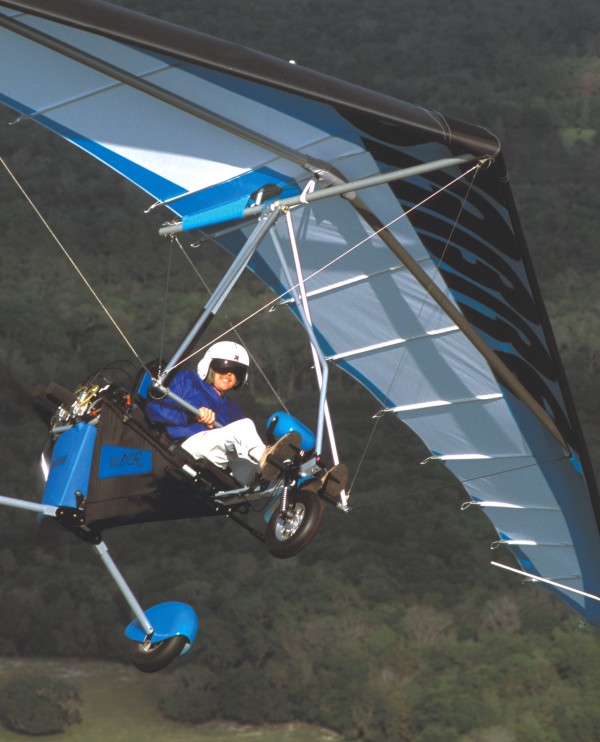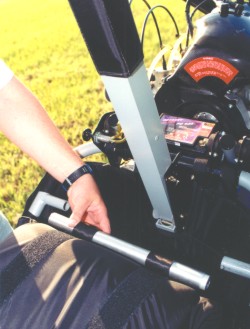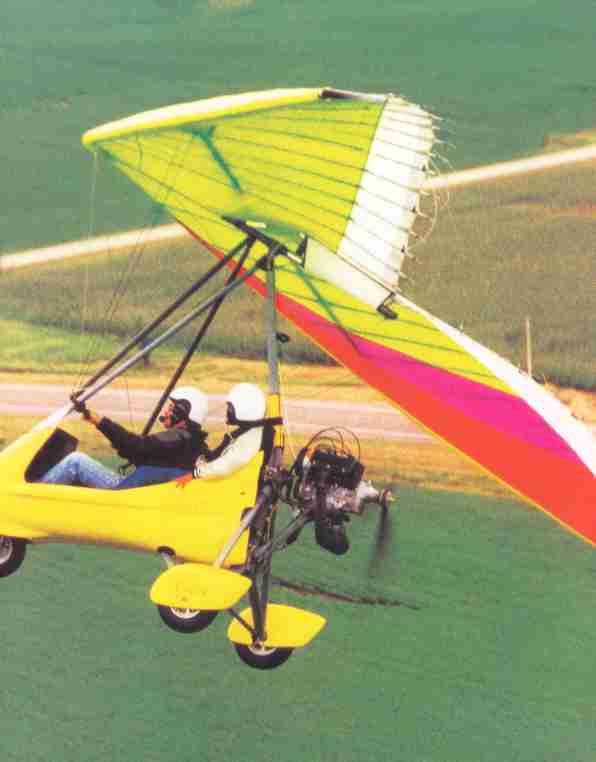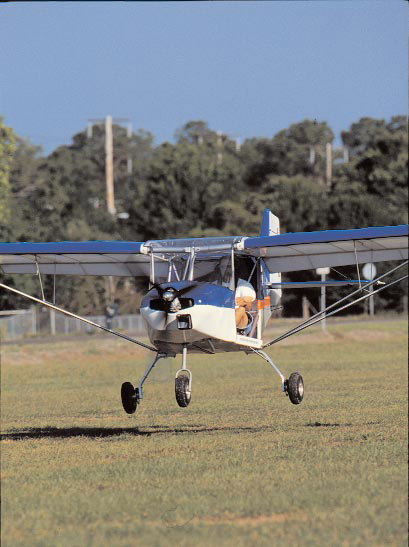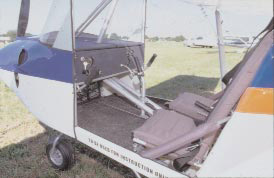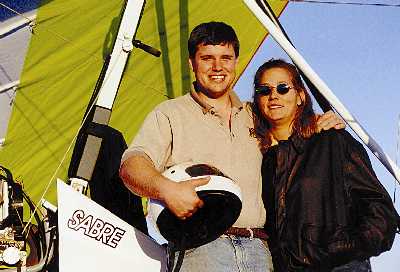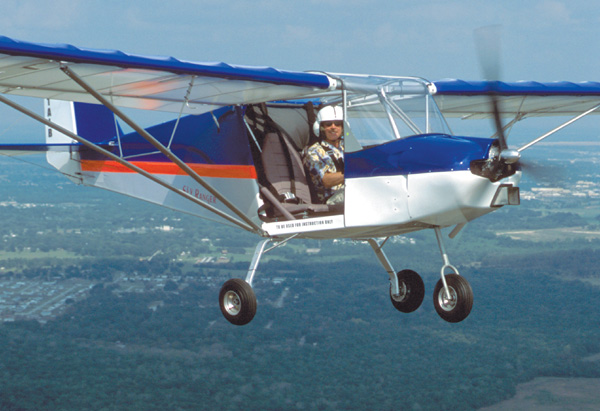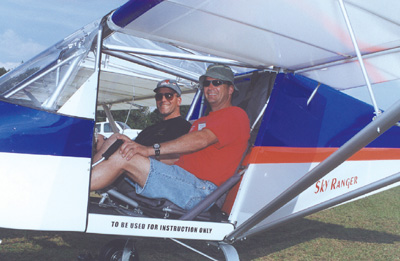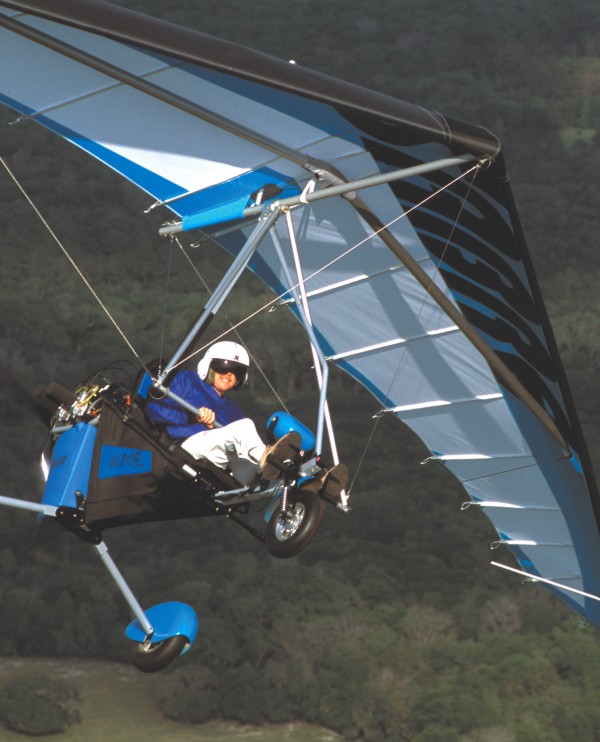
Smoother and More Refined Sabre Aircraft’s Wildcat is an evolving story of ultralight aircraft development. It also speaks to the increasing maturity of the light aviation industry. For years, Sabre Aircraft’s sales of their various trike models may have been the largest of any U.S. manufacturer. As 2003 ended the company was reporting delivery of some 700 ultralights. The company has long offered a good flying, simple trike with a modest price tag. Proprietor and designer Richard Helm made steady improvements to his Sabre Elite and Sabre 340 designs. But he took no major strides forward. The vigorous pace of Sabre trike sales and the company’s need to stay on top of manufacturing issues can explain a drawn-out development period. Little time was left over for projects such as getting an entirely new trike ready for market. That didn’t stop Helm. He kept working on elements of what would eventually become the Wildcat.


